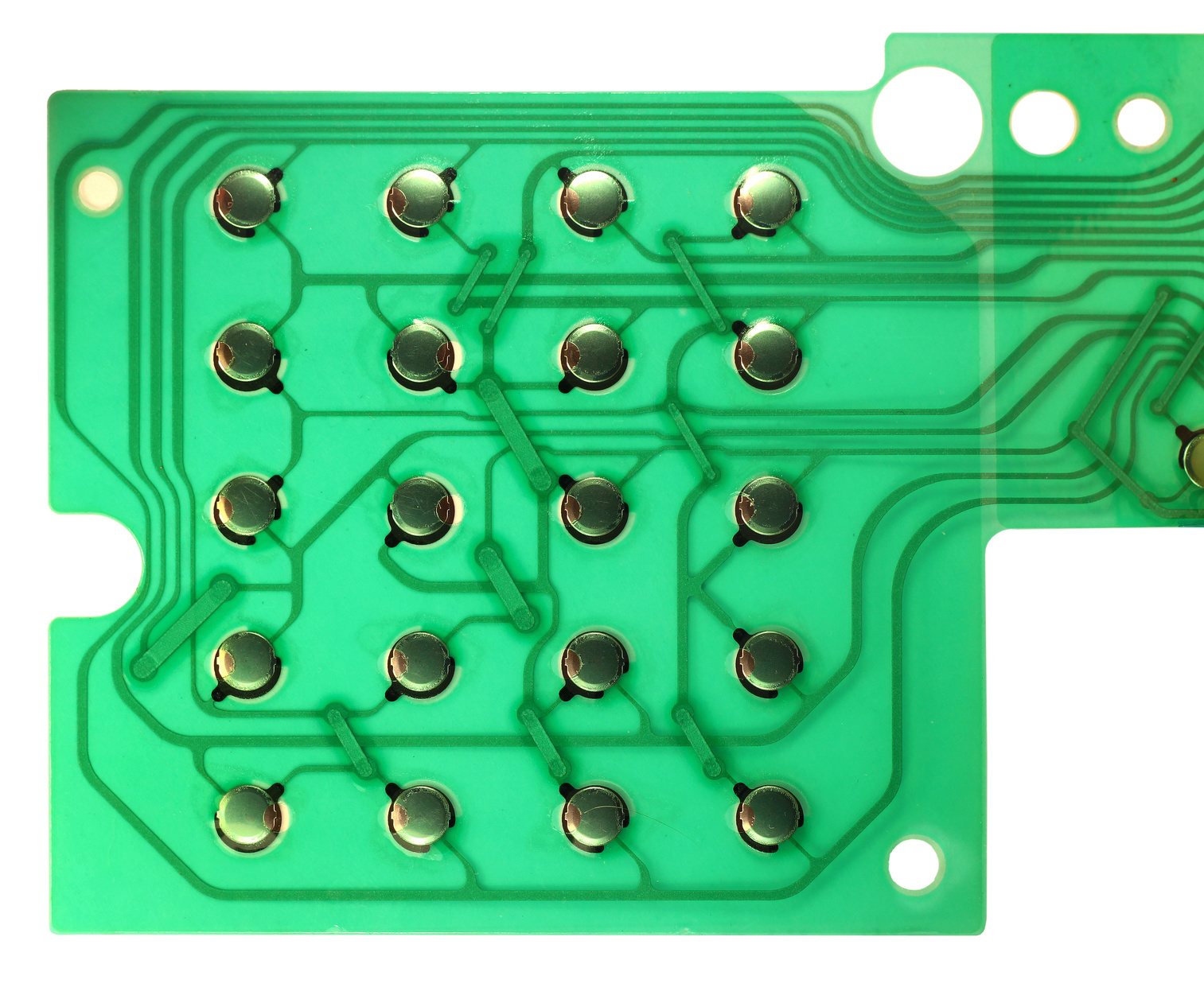The Function of a Membrane Switch in Modern Touch Interfaces and Controls
The Function of a Membrane Switch in Modern Touch Interfaces and Controls
Blog Article
Understanding the Capability of Membrane Changes for Interface Devices
The capability of membrane switches over represents a significant improvement in customer interface layout, incorporating performance with aesthetic flexibility. As sectors increasingly prioritize user experience, recognizing the nuances of membrane layer button technology ends up being crucial.
What Are Membrane Buttons?
Membrane layer buttons are ingenious user interface tools that promote user interaction with digital equipment. These versatile elements contain numerous layers, consisting of a graphic overlay, spacer, and a printed circuit layer. The design enables for a seamless combination into various digital gadgets, enhancing both the visual and practical elements of interface.
Membrane switches are typically employed in a wide variety of applications, from home appliances to commercial machinery and medical devices. Their building and construction normally includes a thin account, making them an excellent selection for portable styles. The tactile feedback provided by these buttons can be crafted to satisfy particular user choices, guaranteeing effective interaction in between the user and the device.
Durability is another considerable advantage of membrane buttons, as they are resistant to dust, dampness, and chemicals, which improves their life-span in requiring environments. Furthermore, these switches can be tailored in terms of shape, dimension, and graphic design, enabling branding and user-specific attributes. Generally, membrane switches over stand for a useful remedy for boosting customer experience in electronic tools, incorporating performance with aesthetic charm in an effective manner.
Just How Membrane Changes Job
Operating on an uncomplicated principle, membrane layer switches use a layered building and construction to register user input successfully. Each switch is composed of multiple layers, including a printed circuit layer, a spacer layer, and a leading visuals layer, which are developed to collaborate effortlessly. When a user presses the top layer, it presses the spacer layer, bringing the conductive elements of the circuit layer into contact with each various other.
This contact produces a shut circuit, signaling the gadget to implement a details function. The style permits numerous configurations, including responsive responses, which can boost the individual experience by giving a physical sensation upon activation. The materials utilized in membrane layer buttons typically consist of adaptable substratums, such as polyester or polycarbonate, which ensure toughness and strength versus damage.

Trick Advantages of Membrane Buttons

An additional substantial benefit is their density. Membrane switches are slim and lightweight, which makes it possible for producers to save room in their gadgets without sacrificing performance. This feature is look at here specifically helpful in applications where weight and volume are vital considerations.
In addition, membrane buttons are resistant to dirt, moisture, and chemicals, improving their sturdiness. This strength prolongs their life-span and minimizes the demand for regular substitutes, resulting in cost financial savings with time.
Moreover, the tactile responses offered by membrane layer switches can be enhanced to improve user interaction. They can include attributes such as raised buttons or audible clicks, boosting functionality and individual experience.
Applications Throughout Industries
Individual user interface tools utilizing membrane layer buttons prevail in a broad selection of industries, showcasing their flexibility and functionality. Membrane Switch. In the clinical sector, membrane buttons are integral to gadgets such as analysis tools and individual monitoring systems, where their resilience and simplicity of cleansing are critical for maintaining hygiene standards. In a similar way, in the automobile market, these switches are used in control panel controls and infomercial systems, giving a sleek and modern user interface for users.
Furthermore, the consumer electronics industry benefits from membrane layer switches in home appliances and handheld devices, where compact design and user-friendly interfaces improve customer experience. Industrial applications also utilize membrane layer changes for control panels in machinery and automation systems, emphasizing their effectiveness and resistance to harsh settings.
In the aerospace and protection sectors, membrane layer buttons are used in cockpit controls and tools, where dependability and performance under extreme conditions are paramount. In addition, the pc gaming sector increasingly incorporates membrane layer switches in controllers and gallery makers, adding to an engaging customer experience. Generally, the versatility of membrane layer changes enables their prevalent use throughout many industries, underscoring their value in modern customer interface design.
Future Fads in Membrane Layer Switch Over Modern Technology

Additionally, making use of sophisticated products, such as polycarbonate and polyester movies, is expected to rise, providing improved durability and resistance to environmental stress factors. These products add to the overall durability of membrane layer buttons, making them suitable for harsher industrial applications.
Additionally, the unification of clever innovation, including IoT connectivity, will allow membrane layer buttons to connect with various other tools and systems, assisting in a much more interactive customer experience. This fad aligns with the growing demand for smart gadgets throughout numerous industries, from health care to consumer electronics.
Lastly, customization alternatives are prepared for to increase, permitting suppliers to develop bespoke remedies customized to certain individual needs and preferences. These growths will place membrane layer switches as vital elements in the development of interface modern technology.
Final Thought
To conclude, membrane layer switches over represent a critical development in user interface modern technology, supplying a reputable and flexible next page option for diverse digital applications. Their split building facilitates compact design, while features such as responsive responses enhance customer interaction. The resilience versus ecological variables additionally solidifies their energy across multiple industries. As improvements in material reference scientific research and touch sensing modern technologies proceed, the functionality and applicability of membrane layer buttons are anticipated to increase, reinforcing their significance in modern-day electronic tools.
Report this page